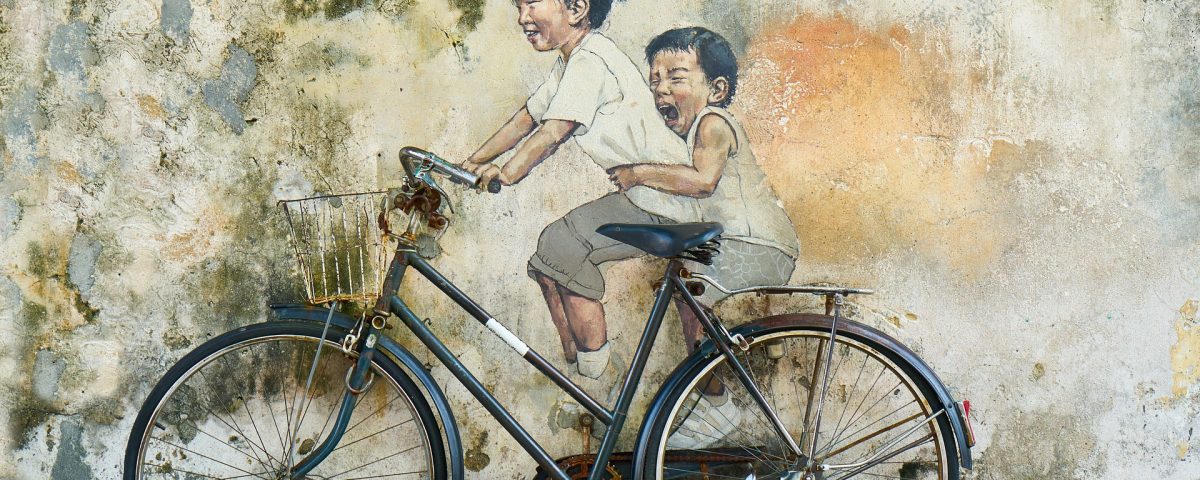Picasso’s Pivotal Year

Must-Visit Spa Hotels in Your Mauritius Itinerary
March 15, 2019
Venice or the Venice of the East, Alleppey?
March 15, 2019A show at the Tate Modern in London focuses on the craftsman’s diaristic relationship to his own particular work
LONDON -The official statement for Tate Modern’s show Picasso 1932: Love, Fame, Tragedy expresses that it will uncover “the man and the craftsman in his full many-sided quality and wealth … you will consider him to be at no other time”, demonstrating it will take a firmly personal drive. However what more can be uncovered about likely the most looked into, expounded on and investigated craftsman ever? Keepers Achim Borchardt-Hume and Nancy Ireson imaginatively select one gigantically profitable year and investigate it with regards to it being “significant” to Picasso’s profession; in 1932 he had turned 50 and was losing pertinence and ‘edge’ according to faultfinders and peers, and expected to venture up his yield in time for a review that late spring. Broadly expressing that his work might be perused as a journal, he dated his pieces and they now frame a helpfully instant story, here orchestrated sequentially generally by months.
This thoroughly personal inclination on his works is the right edge to take, for in 1932 Picasso was astonishingly rich, renowned, and apparently confined from worries of sociopolitical setting; just passing notice is made in the inscriptions of the thunderings of rising totalitarianism in Europe, and Picasso would keep on remaining in Paris amid the Second World War (the “Guernica” comes later in 1937 after German bombarding amid the Spanish Civil War). Rather, what is richly obvious as the most critical part of his life is the individual he is as of now adoring, as the landing of escort Marie-Thérèse Walter illustrates. Kept in mystery while still wedded to Russian ballet dancer Olga Khokhlova, her naked body shows up over and over, diagramming a sensual fixation weaved with a recharged imaginative power. Regardless of whether you feel that his undisputed virtuoso legitimizes this huge sense of self and self-intrigue, the reality of the matter is that the work unconstrained by any issues concerning this present reality achieves convincing new statures and finds a greatly familiar dialect in portraying the female naked.
Halfway through this display are accumulated a few pieces from the 1932 review held in June at the Galeries Georges Petit, Paris, which correspondingly read nearly as a family collection; Picasso blended works from earlier times of his significant other and child with new representations of Walter, declining to give dates to singular works. Here, a 1918 representation of “Olga in an Armchair” demonstrates his better half birdlike, formed and still, dolefully looking out. The tight, controlled brushwork and repressed palette is an activity in limitation. Balance this with the incalculable representations of Walter figures laid out by outlandishly well proportioned, relatively geometric bends and smooth fluid twirls, calmly dozing, head tossed back in surrender, or peacefully resigned. They are altogether described by a particular mauve shade, delicate pink tissue shading the undulating traces, dynamic, new and throbbing in erotic nature. Where Khokhlova was little boned, Walter was athletic and solid profiled; her high traditional temple and angular nose show up twice in “Bare, Green Leaves and Bust” (1932), both as leaning back bare and as established bust.
The bust rises as a brilliant new region, with about six pieces in this show, all abusing these physiognomic attributes. In 1930, Picasso purchased Boisgeloup, an eighteenth-century château in Normandy which would twofold as both a studio in which model could be made and meet for stealthy gatherings with Walter These mortars, for example, “Bust of a Woman” (1931), expand her particular profile into bulbous, relatively phallic muddles of jutting highlights that supplement their painterly partners. What a seriously gainful dream Walter ended up being.
The issue with the curatorial utilization of an instant journal is that it ostensibly welcomes a quicker level of elucidation than in groups of work that are not all that sorted out. Rather than looking for examples and patterns between works of a specific period, Picasso’s feelings and states of mind might be followed unmistakably here in the close every day works that diagram his connections and exercises. All things considered, there is space for the custodians to embed their very own portion understandings with changing degrees of believability, for example, that the liquid lines and distraction with dreams and sexuality prove a connection back to Surrealism; Ireson contends in this way since he was likewise perusing Freud and Jung, comparing still with Georges Bataille and André Breton. Somewhere else contentions can be less persuading and even perilous. It is recommended that such Surrealist-connected works of art from ‘Late March to May’, in which nudes take after the sprawling appendages of an octopus, “we are looking on Mughal art , Mughal paintings


